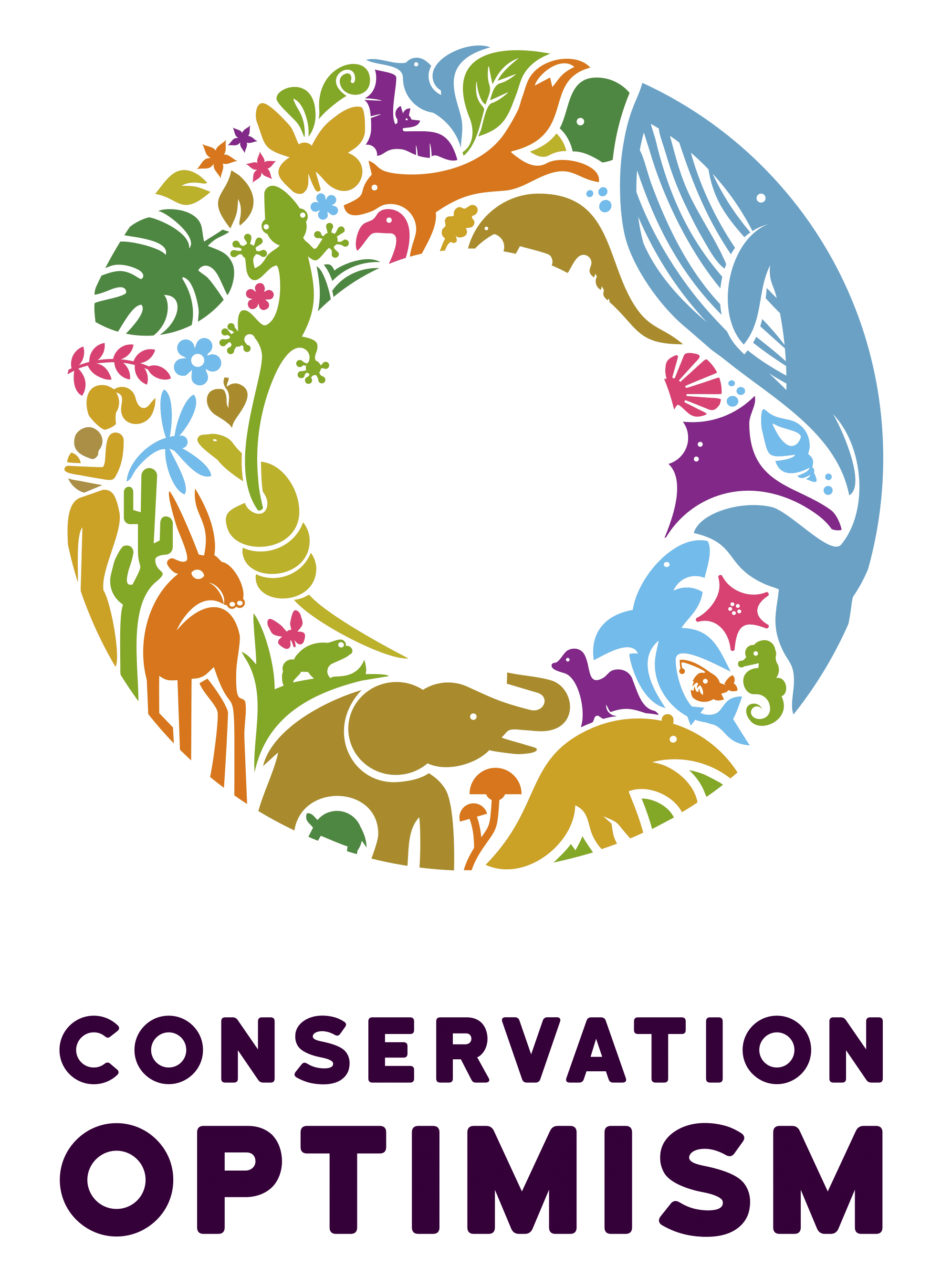In this blog, we’ll hear from Ebrima Jonga, our friend and wildlife ranger with the Department of Parks and Wildlife Management in the Gambia, who will share his experiences – both the challenges and quiet victories – that keep conservationists like him moving forward.
A haven of rich biodiversity under threat
West Africa is home to some of the most biologically diverse ecosystems on the African continent. From the dense tropical rainforests of Guinea to the coastal wetlands of The Gambia and the Sahelian savannas stretching across the region, this part of the world supports an incredible variety of plant and animal life.
Nestled along the Atlantic coast, The Gambia may be one of Africa’s smallest countries. Though compact, the Gambia’s landscape is incredibly diverse. It encompasses riverine forests, expansive wetlands, savannas, mangroves, and gallery forests that create a mosaic of habitats supporting an impressive array of wildlife. These unique ecosystems serve as critical breeding grounds, migratory stopovers, and year-round refuges for countless species.
Among the most notable wildlife are over 500 species of birds, making The Gambia a key destination for ornithologists and birding enthusiasts worldwide. The country also supports a range of primates, including the red colobus monkey and green vervet, which play vital roles in seed dispersal and forest regeneration.
Of special concern and interest are reptile species, particularly freshwater turtles and tortoises, whose populations are increasingly threatened by habitat loss and human activity. Similarly, West African manatees, though rarely seen, graze and swim in the country’s rivers and coastal waters, serving as indicators of healthy aquatic ecosystems.

DPWM field staff and village guides at the rice fields during Hippo Behavioural Study at Night
Beyond ecological value, biodiversity in The Gambia holds profound cultural and economic significance. Many communities depend directly on forests and wetlands for traditional medicine, fishing, farming, and eco-tourism. Biodiversity not only shapes local identities and traditions but also provides essential services, from flood control to pollination, that sustain livelihoods and national development.
However, the ecological abundance in this region faces major threats. Apart from the familiar issues of poaching and illegal wildlife trade and habitat loss, I have also witnessed firsthand the impacts of climate change on rainfall and temperature, which impact habitats and species in turn. The expansion of agriculture and infrastructure into wildlife habitats is also creating conflicts between humans and wildlife, where a community’s crops or livestock gets damaged by wild animals. To manage these problems, good laws and policies do exist, but enforcement is not always effective, meanwhile conservation efforts have to deal with lack of funding, equipment, and training.
Success stories and progress so far

Consultation Meeting with local community
Despite the many challenges, there have been remarkable strides in conservation across The Gambia and the West African region, often driven by the resilience and dedication of local communities, youth, and conservation practitioners.
One of the most encouraging developments I’ve noticed is that more and more local communities are engaged in conservation efforts through education and outreach programs. In The Gambia, conservation awareness is gradually taking root in both urban and rural settings. I have personally been involved in community sensitization and youth education campaigns, helping people understand the value of protecting species like the African manatee, freshwater turtles, and forest habitats. By involving schools and community leaders, these initiatives foster a shared sense of stewardship for the Gambia’s ecosystems.
The Gambia is also home to several protected areas and national parks that serve as biodiversity hotspots. Sites such as Kiang West National Park, River Gambia National Park, and Abuko Nature Reserve are critical for species protection and eco-tourism. While challenges remain in terms of enforcement and resources, these parks are functioning examples of how conservation can have a solid place within national priorities.
Perhaps most inspiring is the growing involvement of youth in conservation. Through various programs and field training, young conservationists are being equipped with the knowledge and tools to take the lead. As a Wildlife Ranger with the Department of Parks and Wildlife Management, I have contributed to youth training and mentorship activities, especially in wildlife monitoring, data collection, and community mobilization. One of the highlights of my career has been coordinating local fieldwork to document freshwater turtle populations, an overlooked group that plays a vital ecological role.

DPWM Field staff and local guides at Banni, Yedda, Misera and Karantaba Rice fields during Vegetation Assessment
These successes though sometimes small, demonstrate that progress is possible when people, institutions, and countries work together. They also reflect the untapped potential of conservation in The Gambia, waiting to be scaled up and supported.
Sources of hope
As conservationists, we are constantly inspired by the work of others within our field, who continue to show up and accomplish great results despite the challenges. Members of the local communities, who I would call ‘champions’, are also constantly stepping up and rallying their people to protect their environment. Thanks to the internet and powerful social platforms, it is also easier to spread stories of hope and start collaborations from people across the globe.
A call to action
Wherever we live, in Africa or beyond, we must continue to work with local communities, particularly young people, to ensure that economic development is sustainable and supports future as well as current generations.
Across the world, we must integrate optimism into our conservation work. Optimism brings hope, which brings agency and empowerment. Hopeful conservationists, particularly those from local communities, are a powerful force for a sustainable future.
And in The Gambia we will continue to work together – government, communities, civil society organisations and others – to bring sustainable economic development that recognises and protects this treasure trove of biodiversity in West Africa.


